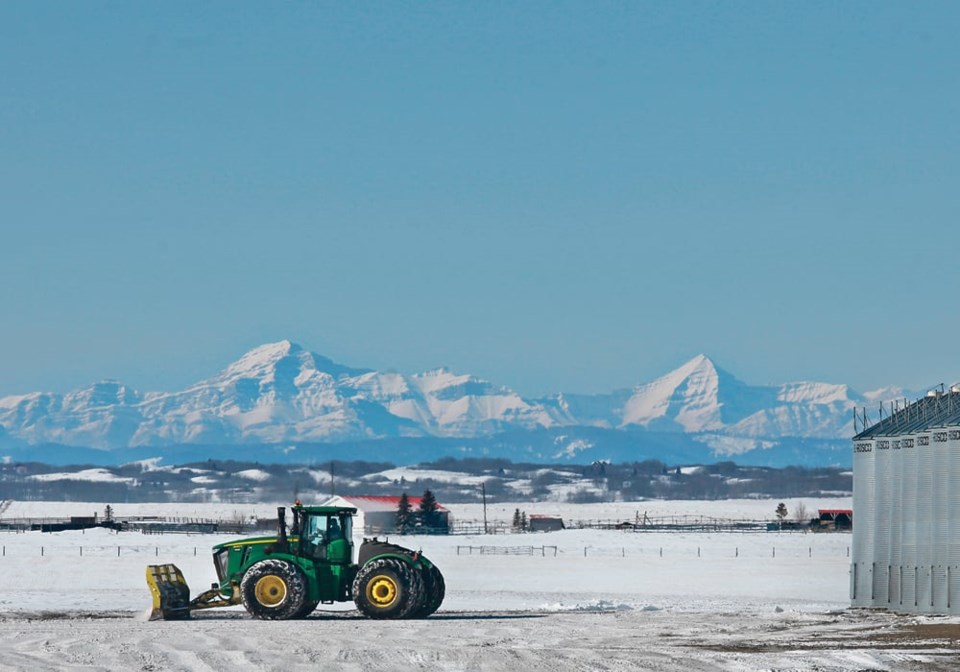SASKATOON — John Baranick’s crystal ball is cloudier than usual.
DTN’s agricultural meteorologist has had trouble finding good analog years to help formulate his winter, spring and summer forecasts for 2024.
“We don’t have a whole lot of history to guide us, and the models are kind of all over the place,” he told delegates attending the 2023 DTN Virtual Ag Summit.
The world is . That has happened four other times since 1950.
But when he those years, there is no real correlation, other than during the winter months.
So, while he has confidence in the December through February forecast that confidence falls off a cliff starting in March when El Nino loses control over the weather and other factors take over.
Baranick is forecasting warmer-than-average temperatures for everywhere east of the Rockies this winter in the United States, especially in the north-central region.
The south will experience above-normal precipitation, which should bring drought relief to key winter wheat growing states.
But there will be a large pocket of dry weather in the Ohio Valley region of the corn belt, which is already experiencing serious drought.
The spring forecast is where things become fuzzy. Baranick had to rely on models rather than history and that can get dicey.
His best guess is that it will remain dry in the Ohio valley but there should be heavy rains in the western corn belt and the entire plains region of the U.S.
That is consistent with a typical El Nino pattern. It splits the North American jet stream with the southern stream 小蓝视频 far more active, bringing storms to key winter wheat growing states like Texas and Kansas.
“There is some hope there,” he said.
That hope will evaporate during the summer, when it is expected to be hot and dry in plains.
One pattern that has emerged with the analog years is that a super El Nino tends to be followed by two successive years of La Nina.
That is what Baranick is forecasting starting in the summer of 2024, which will bring hot and dry conditions to the U.S. plains region and western corn belt.
He is basing that on the American Global Forecast System (GFS) forecast, which is calling for a quick switch to La Nina in the summer.
“They made an update to (their model) and apparently it was pretty good,” said Baranick.
The model predicted three successive La Nina events before any of the other world models and it also predicted a strong El Nino before the others.
Canada should get warm and dry conditions over the winter, especially in December.
“We’re not building enough snowpack to really help out with the drought situation for next spring,” said Baranick.
It also looks to be warm and dry for the spring and summer because of the looming La Nina.
It has been dry in central Brazil and extremely wet in the southern part of the country for the start of the soybean growing season.
He isn’t too concerned about the dryness in central Brazil because there has been enough rain to support crop development.
But he is worried about Rio Grande do Sul in the southern part of Brazil.
“There was 100 inches of rain in that state over the course of three months. Now that’s incredible,” he said.
Baranick has heard reports that all is well in the state, but he finds that hard to swallow.
“Man, I can’t believe that southern Brazil isn’t having major issues right now because of how wet it has been,” he said.
There is no respite in sight. It will likely remain wet in southern Brazil during the country’s summer and fall.
Meanwhile, central Brazil should receive a “big boost” in precipitation in January and February to help finish the soybean crop, but then it will turn dry again for the corn growing season.
Argentina will likely receive above-normal precipitation for the summer and fall, which could boost corn and soybean production above the U.S. Department of Agriculture’s current forecast.
Contact [email protected]
Bookmark SASKTODAY.ca, Saskatchewan's home page, at this link.




